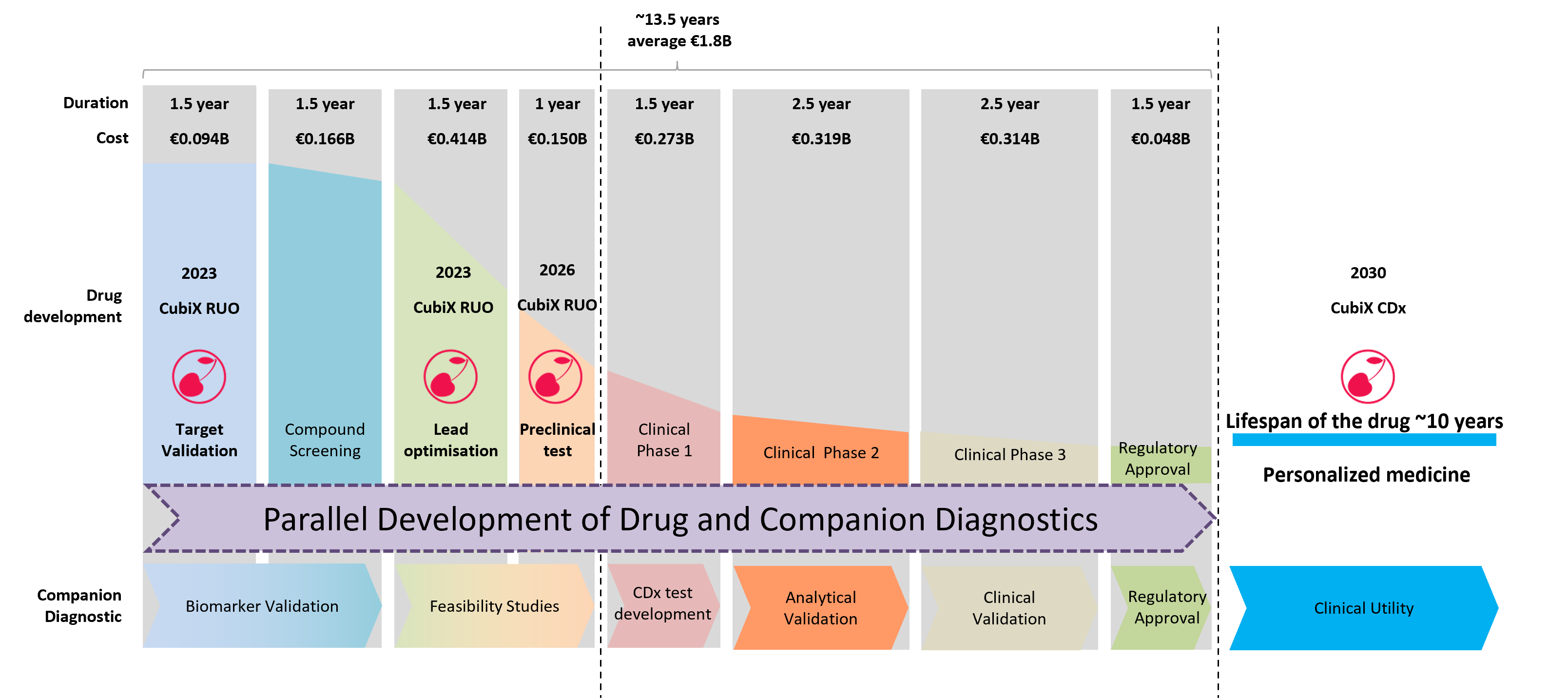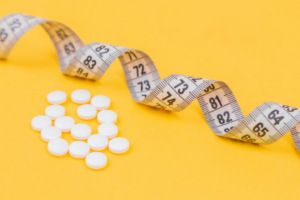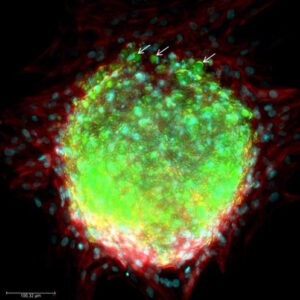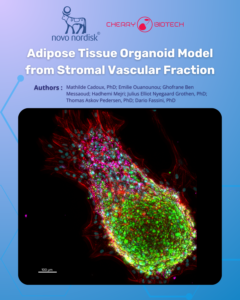Introduction
Organ-on-a-chip is regarded as a key new technology for research and drug development because it can predict how a potential medication will behave in human tissue structures – rather than standard animal models – long before it enters the clinic hence Organ-on-chip applications in drug discovery.
Organ-on-chip technologies are used to produce, in combination with grown live human cells, an experimental platform to recreate the physiologic and mechanical microenvironment of whole living organs.

The microphysiological systems (MPS) enable the investigation in an organ-specific context of complicated human physiology and disease. These in vitro models can revolutionize the discovery of drugs and their development through greater prediction by researchers of human reactions to pharmaceuticals, including safety and efficacy.
How to culture vascularized & immunocompetent 3D models in a standard Multiwell
Abstract of organ-on-chip applications in drug discovery: an end user perspective
The author states that “Organ-on-chip (OoC) systems are in vitro microfluidic models that mimic the microstructures, functions and physiochemical environments of whole living organs more accurately than two-dimensional models.
While still in their infancy, OoCs are expected to bring ground-breaking benefits to a myriad of applications, enabling more human-relevant candidate drug efficacy and toxicity studies, and providing greater insights into mechanisms of human disease. Here, we explore a selection of applications of OoC systems.
The future directions and scope of implementing OoCs across the drug discovery process are also discussed.”
References
Clapp N, Amour A, Rowan WC, Candarlioglu PL. Organ-on-chip applications in drug discovery: an end-user perspective. Biochem Soc Trans. 2021 Aug 16:BST20210840. DOI: 10.1042/BST20210840. Epub ahead of print. PMID: 34397080.



